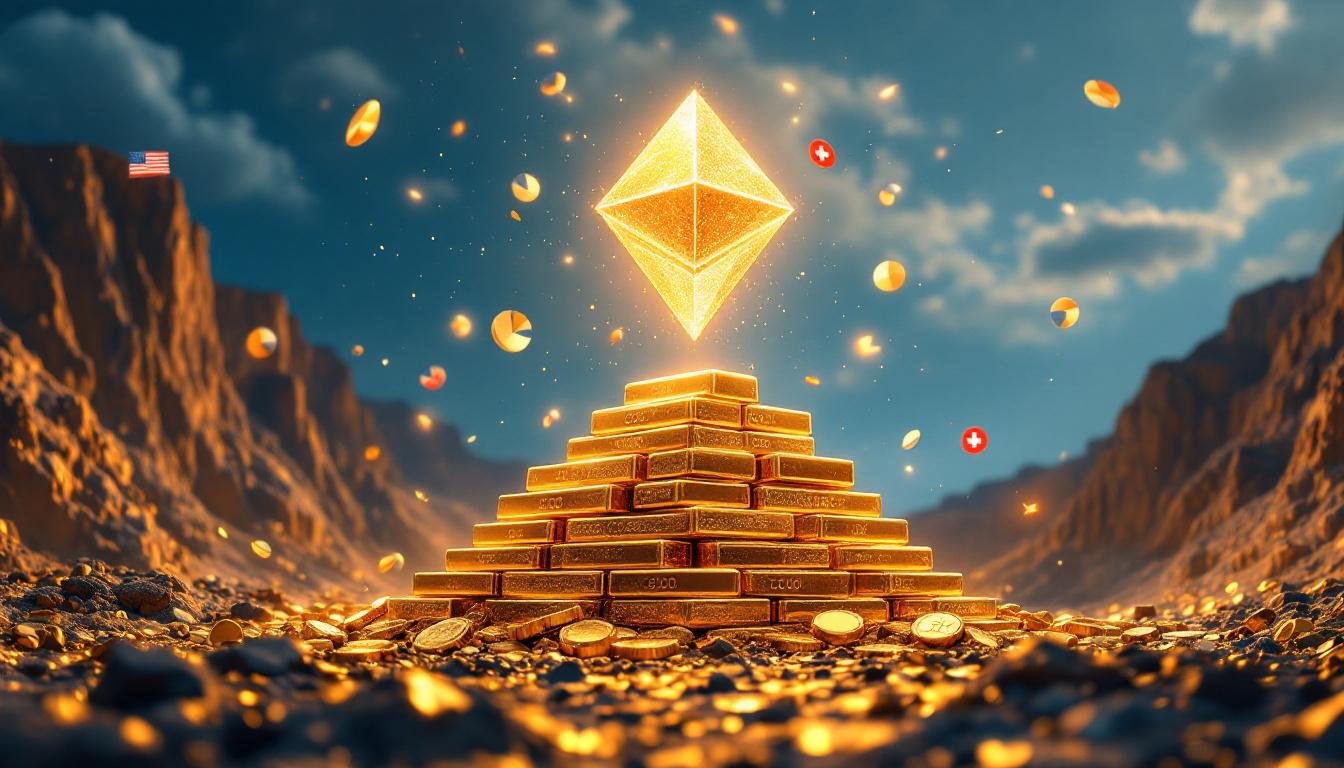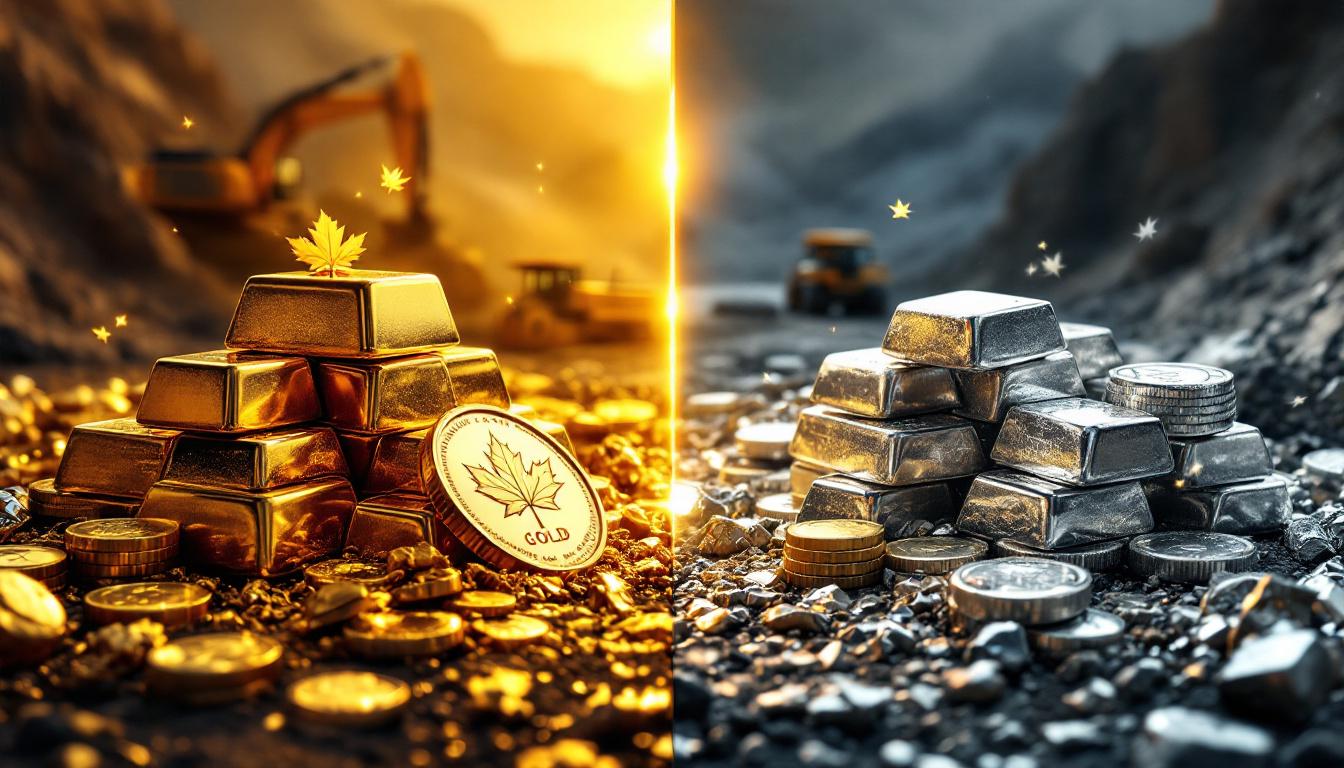Silver Price Prediction: Can Silver Really Reach $100 an Ounce?
Silver has long captivated investors as both a precious metal and an industrial commodity, with recent price surges reigniting debates about its potential to reach unprecedented levels. As of April 2025, silver trades between $32 and $35 per ounce, reflecting a 5% single-day surge earlier in the year. While predictions of $100 per ounce circulate among analysts, the path to such heights remains contentious. This report examines the economic, industrial, and geopolitical factors shaping silver's trajectory, evaluates expert forecasts, and assesses the viability of triple-digit silver price prediction targets.
Understanding Silver's Current Market Position
Silver's role as a dual-purpose asset—balancing monetary value with industrial utility—underpins its unique market dynamics. Despite bullish sentiment, the metal has struggled to sustain prices above $50 historically, peaking briefly in 1980 and 2011. The current trading range of $32–$35 reflects cautious optimism amid mixed signals from supply chains and macroeconomic trends.
Historical Context and Realistic Expectations
Since 2020, analysts have repeatedly predicted silver's ascent to $50 or higher, yet these projections have materialized only sporadically. The metal's volatility, influenced by speculative trading and macroeconomic shocks, complicates long-term forecasting. For instance, the 2024 rally—driven by renewable energy demand—faltered due to profit-taking and renewed mining activity in Poland. Such patterns underscore the gap between short-term price action and sustained growth.
What Is Driving Recent Silver Price Movements?
Silver's 5% single-day surge in early 2025, outpacing gold's gains, highlights its sensitivity to industrial demand and macroeconomic sentiment. The gold-to-silver ratio, hovering near 90:1, remains elevated compared to historical averages, prompting debates about silver's relative undervaluation. However, this ratio's relevance is contested, as rarity alone does not dictate market value—platinum, for example, trades at a third of gold's price despite being 15–20 times rarer.
Profit-Taking and Volatility
Short-term volatility often masks broader trends. The 2025 rally saw rapid profit-taking, a recurring pattern after sharp price increases. This behavior reflects traders' skepticism about silver's ability to sustain momentum without structural shifts in demand or supply.
The Supply-Demand Deficit: Fact or Fiction?
The Contested Deficit Narrative
Metals Focus asserts a five-year supply-demand deficit, with annual production of 800–825 million ounces failing to meet consumption of 1.2–1.4 billion ounces. Conversely, CPM Group argues the deficit is nascent, citing underreported recycling and newly discovered deposits in Poland. These conflicting views create uncertainty, as Poland's reserves could add 150 million ounces annually by 2030.
Industrial Demand Growth Factors
Solar panels currently drive industrial demand, consuming 20% of annual supply, followed by electric vehicles (EVs) and AI infrastructure. Silver's unparalleled electrical conductivity makes it indispensable for photovoltaics and semiconductor manufacturing. Analysts project AI-related demand could surpass solar consumption by 2030, potentially straining supplies. Medical device manufacturing, though smaller, adds steady demand.
Is Silver Undervalued Compared to Gold?
The mining ratio of 1:7.5 (gold to silver) contrasts sharply with the trading ratio of 1:90–100. Proponents of silver's undervaluation argue this disparity signals upside potential, but historical precedents weaken this thesis. Platinum's rarity, for instance, has not translated to proportional pricing, demonstrating that market dynamics—not extraction metrics—govern valuations.
Potential Market Catalysts for Silver Price Surges
Institutional and Geopolitical Factors
Silver's $1.5 trillion market capitalization—dwarfed by gold's $13 trillion—leaves it vulnerable to speculative waves. Government policies, such as adding silver to critical minerals lists, could trigger institutional buying. Central bank monetary policies, particularly shifts toward precious metals trends and reserve assets, may further influence prices.
Technological and Corporate Demand
Tech giants like Tesla and Intel are stockpiling silver for AI hardware and EV components, creating a potential demand shock. Geopolitical tensions, including trade tariffs and supply chain disruptions, could exacerbate shortages. Understanding the broader global commodities insights helps investors contextualize silver's position within resource markets.
Expert Price Predictions: Realistic or Wishful Thinking?
Historical Peaks and Conservative Forecasts
Silver's 1980 and 2011 peaks near $50 lasted only weeks, illustrating the challenges of sustaining high prices. Conservative analysts, including Investing Haven, predict $77 by 2027 and $82 by 2030, while skeptics view $50 as a plausible ceiling. Furthermore, comprehensive market analysis insights suggest moderation when evaluating silver's potential.
Bullish Speculations
First Majestic Silver CEO Keith Neumeyer and analyst Peter Kra foresee $100–$300 prices, citing deficit escalations and AI-driven demand. However, these projections rely on speculative scenarios, such as Elon Musk publicly endorsing silver or governments mandating strategic reserves.
Technical Analysis Considerations
Chart Patterns and Near-Term Targets
Silver's cup-and-handle formation suggests a bullish breakout, with a near-term target of $36 per troy ounce. However, repeated failures to breach $35 indicate resistance. Critics attribute these patterns to market manipulation, though natural price discovery remains the dominant force.
FAQ About Silver Price Predictions
Why Haven't Previous Bullish Silver Price Predictions Materialized?
Industrial demand has grown incrementally rather than exponentially, while mining output adjustments and recycling have mitigated deficits. Additionally, investment demand fluctuates with macroeconomic conditions, dampening sustained rallies.
What Would It Take for Silver to Reach $100?
A confluence of factors—a supply shock from geopolitical conflicts, AI-driven demand surpassing solar consumption, and central banks diversifying reserves—would be necessary. Even then, such a price would likely be short-lived without systemic monetary changes.
How Should Investors Approach Silver?
Dollar-cost averaging and long-term holding are advised, with allocations not exceeding 10% of a diversified portfolio. Purchasing physical silver from reputable dealers ensures liquidity and minimizes counterparty risk. Investors may also consider diversifying with mining stocks guide resources to complement physical holdings.
Conclusion
While silver's industrial indispensability and speculative appeal justify cautious optimism, a $100 price target remains improbable under current conditions. Structural deficits, if realized, could push prices toward $50–$80 by 2030, but sustained triple-digit valuations would require unprecedented demand shocks or monetary shifts. Investors should prioritize silver as a hedge against inflation and technological disruption, tempering expectations with historical precedent. Developing effective investment strategies that incorporate silver price prediction analysis will ultimately yield more realistic outcomes for portfolio growth.
Looking to Catch the Next Big Mineral Discovery?
Discover how significant mineral findings can lead to exceptional market returns by exploring Discovery Alert's dedicated discoveries page, where their proprietary Discovery IQ model transforms complex mineral data into actionable insights for investors. Begin your 30-day free trial today at https://discoveryalert.com.au/discoveries/ to position yourself ahead of the market.




